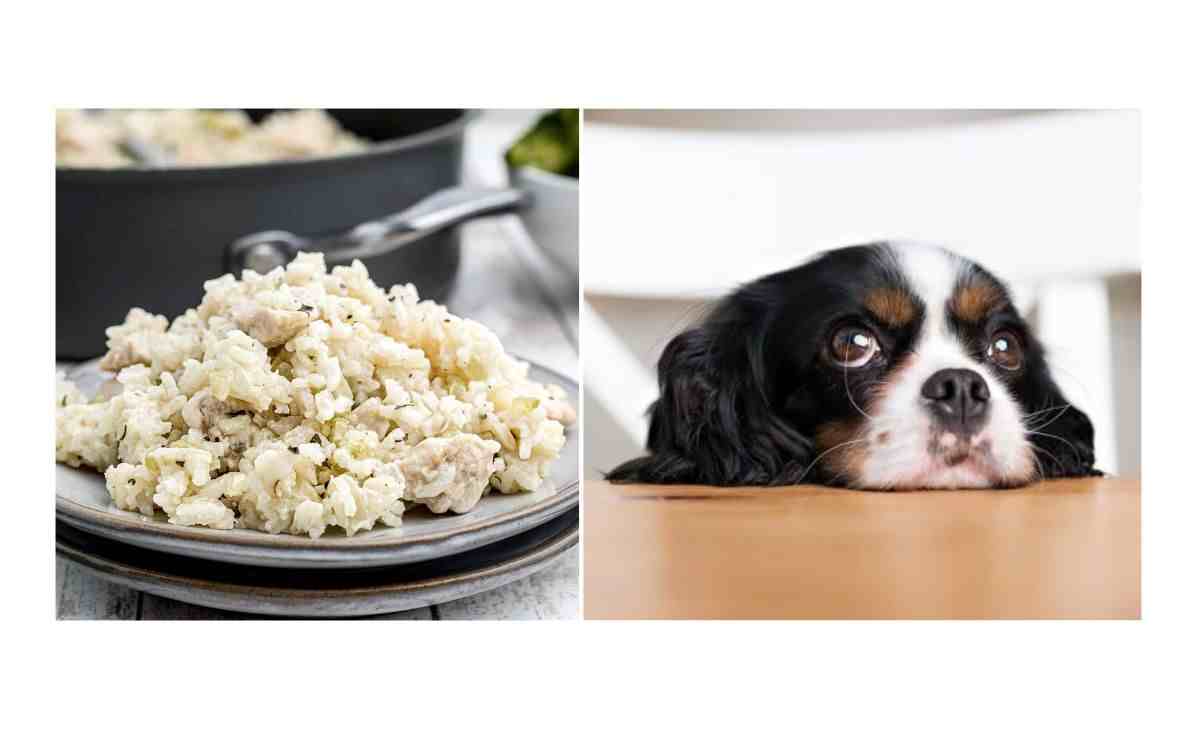When a dog suffers from an upset stomach or diarrhea, veterinarians often suggest a diet of chicken and rice. But if your dog is trying a new diet, there is a change in their poop schedule. So you may ask how long till a dog poops after chicken and rice?
After having rice and chicken, your dogs need a while to start pooping again. Most times, it requires 8 to 12 hours to poop for a healthy dog. But if your dog is facing health challenges, it might take up to 72 hours for their bowel movements to return to normal. This extended duration is a testament to the need for a gradual healing process.
When Do Dogs Poop After Eating a Regular Meal?
It is fairly predictable how long it takes dogs to digest a normal meal. On average, it takes between 6 and 8 hours for a dog to pass their food after a meal. This timeframe is a reflection of the intricate workings of their digestive system.
After every meal, dogs need to relieve themselves. By following this routine, their digestive by-products are efficiently expelled from their system following their digestion schedule. The average dog poops one to three times a day in a healthy state.
While the 6 to 8-hour timeframe serves as a general guideline, it can be varied. Factors such as a dog’s size, age, metabolism, and the specific composition of the meal can influence the exact timing of their bathroom routine.
How Long Till A Dog Poops After Chicken And Rice?

The time it takes for a dog to poop after consuming a diet of chicken and rice can vary depending on several factors. Generally, the digestion process in dogs takes around 8 to 10 hours. After consuming chicken and rice, it may take a similar amount of time for the dog to have a bowel movement.
However, it’s important to note that every dog is unique, and factors such as their size, age, metabolism, and overall health can affect the digestion process. Some dogs may have faster digestion, while others may have slower digestion. Additionally, the portion size and quality of the chicken and rice can also play a role.
If you are transitioning your dog to a new diet or using chicken and rice as a temporary diet for digestive issues, it’s essential to monitor their bowel movements. If your dog does not have a bowel movement within 24 to 48 hours, this could be a sign of constipation or other underlying issues. In such cases, it is recommended to consult with a veterinarian for further guidance and advice.
What are the benefits of a chicken and rice diet?
When your dog is experiencing gastrointestinal distress, a soothing solution is the chicken and rice diet. Many pet owners know it as a tried-and-true diet. Giving them a bland diet becomes the cornerstone of care.
The main fact here is to grant your dog’s gut the opportunity to undergo a healing process. By introducing easily digestible food, the workload on the digestive system significantly diminishes.
Chicken and rice bring specific nutritional attributes to the table. They are low in protein and fat but high in carbohydrates. This balanced composition serves a crucial purpose in the healing process. The low fiber content becomes necessary which allows the digestive system to operate with reduced stimulation.
Another notable benefit of the low-fiber approach is its impact on stool consistency. With less fiber in the diet, loose or watery stools are more likely to solidify. This phenomenon aids in restoring normalcy to your dog’s bathroom routine.
What is the best way to start a dog on a chicken and rice diet?
To start a new diet, don’t feed your dog for 12 to 24 hours. But give him enough water. During this time, your dog’s digestive system will reset and it will be ready to adopt new food.
When introducing the chicken and rice duo, meticulous preparation is key. Ensure the chicken is thoroughly cooked, with any fatty skin and bones removed. Maintain a balanced ratio of 2 parts rice to 1 part chicken. Steer clear of spices, as they can counteract the soothing effects on your dog’s sensitive digestive system.
Transitioning to small, frequent meals aids in acclimating your dog to the new diet. Serving these meals at regular intervals throughout the day provides a gentle introduction. Be patient; it might take 2 to 4 days for your dog’s poop to return to normal.
For every 20 lbs of your dog’s weight, you should feed them 14% to 1/3 cup of boiled chicken. Adjust the rice accordingly to maintain the 2:1 ratio. However, remember that these are starting points. Consider factors beyond weight, such as age, exercise levels, and existing digestive issues, when determining the right quantity.
Monitor your dog’s behavior after each meal. This observation allows you to fine-tune the quantity based on their response to the bland diet. Flexibility is key, as individual dogs may have varying needs and reactions.
Can Chicken And Rice Upsets A Dog’s Stomach?
The chicken and rice diet is a staple for dogs facing digestive issues. Remember, a change in diet can lead to temporary disruptions in a dog’s poop habits.
The composition of a chicken and rice diet contains high starch and protein content with minimal fiber, resulting in slow digestion. While designed to combat diarrhea, this diet may lead to conditions of constipation. Monitoring the quantity, frequency, and quality of your dog’s poop is essential.
Normal stool consistency, brown color, and a somewhat soft texture in small lumps are generally acceptable. However, if your dog passes blood, experiences prolonged constipation for more than two days, or if rice-like particles appear in the stool, then immediate vet consultation is crucial.
While chicken and rice serve as a common and easily prepared remedy for digestive issues, it’s essential to understand its limitations. This diet lacks essential nutrients, vitamins, minerals, electrolytes, pre and probiotics, and fiber found in a balanced dog diet.
Can dogs eat chicken and rice regularly?
Typically, chicken and rice are recommended as a short-term treatment, especially for dogs grappling with health problems or as advised by a veterinarian.
This approach is not intended for prolonged use. You should not feed it for more than a week. If you’re feeding chicken and rice to your dog regularly, striking a balance becomes paramount.
While these ingredients offer simplicity and ease of preparation, they lack the comprehensive nutritional profile found in well-formulated dog food. To ensure your dog receives all necessary nourishments, it’s crucial to integrate a mix of natural and store-bought feeds.
However, avoid overfeeding with chicken and rice. The frequency and duration of feeding chicken and rice is to follow your vet’s advice. Veterinarians possess the expertise to assess your dog’s health and recommend appropriate dietary adjustments.
Conclusion
Remember that a healthy digestive system is crucial for your dog’s overall health. They need to have consistency in their stool frequency as well. After eating a blend of chicken and rice, dogs will have irregular pooping.
However, once the dog resumes regular bowel movements and the poop attains its usual consistency. It is a signal that the digestive system has stabilized.
